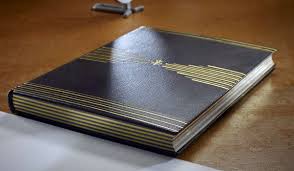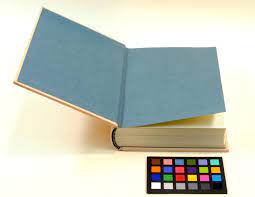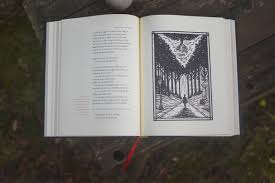
Limited edition books are prized for their rarity, craftsmanship, and artistic presentation. Bookbinders employ specialized techniques that enhance both the beauty and collectibility of these editions. Whether commissioned by publishers or artists, limited edition bindings combine traditional craft with innovative design to produce unique, high-value books. This article explores the key techniques that define limited edition bookbinding and the factors that make these books stand out.

Custom Material Selection
Limited edition bindings often begin with carefully selected premium materials. Bookbinders choose from fine leathers such as calfskin, morocco goatskin, or vellum, prized for their texture and durability. Specialty papers, like handmade or marbled sheets, also play a crucial role in the book’s tactile and visual appeal.
Fabric choices for slipcases, endpapers, and covers may include silk, velvet, or brocade, often sourced from artisanal mills. The tactile quality of these materials adds exclusivity and sensory richness to the book.
Hand-Sewn Binding and Construction
Unlike mass-produced books, limited editions are bound by hand using meticulous sewing techniques. Binders sew sections (signatures) onto linen cords or tapes, creating a strong and flexible spine that allows the book to open flat without strain.
Hand-sewn binding ensures longevity and enhances the book’s structural integrity. The sewing pattern may be customized to suit the book’s size, weight, and intended use, demonstrating the binder’s craftsmanship.
Decorative Leather Techniques
Leather bindings on limited editions often feature advanced decoration methods, elevating the book to an art piece:
-
Gold Gilding: Using heated tools, binders impress intricate gold leaf designs on the spine and cover, often including titles, borders, and bespoke motifs.
-
Blind Stamping: This technique presses patterns into the leather without gold, creating subtle, elegant textures.
-
Inlays and Onlays: Binders incorporate contrasting leather or fabric pieces into the cover design, forming intricate patterns or images.
-
Tooling and Embossing: Artisans create raised or recessed designs that give depth and character to the leather surface.
These decorative elements make each book visually unique and tactilely engaging.
Special Edition Features
Limited edition books often incorporate extra features to enhance uniqueness and value:
-
Numbering and Signatures: Each copy is individually numbered and sometimes signed by the author or artist, adding provenance.
-
Slipcases and Boxes: Custom slipcases made from wood, leather, or fabric protect the book and offer a luxurious presentation.
-
Ribbon Markers: Silk or satin ribbons sewn into the spine allow readers to mark their place without damaging pages.
-
Illustrations and Print Techniques: Hand-colored prints, tipped-in plates, or special paper stocks often accompany limited editions, requiring delicate binding methods.
Use of Traditional and Innovative Techniques
While limited edition bindings honor traditional craftsmanship, many also embrace modern technologies and materials. For instance:
-
Japanese Stab Binding or Coptic Stitching might be used to create visually striking bindings that break conventional Western styles.
-
Advanced adhesives and archival-quality materials ensure durability while respecting environmental and preservation concerns.
-
Digital printing and laser engraving can be combined with hand techniques to create novel textures and finishes.
The Binder’s Role in Limited Editions
The bookbinder’s expertise is central to limited edition projects. They collaborate closely with publishers, authors, and artists to realize a unified vision. The binder chooses appropriate materials, executes intricate sewing and decoration, and ensures each book meets high standards of quality and durability.
Because limited editions are often produced in small runs, the binder can devote more time and attention to each volume, treating every book as a unique art object rather than a commercial product.
Conclusion
Limited edition bookbinding techniques blend meticulous craftsmanship, high-quality materials, and artistic creativity to produce books that are treasured beyond their textual content. These bindings celebrate the physical book as an art form and a collectible object, connecting readers with centuries-old traditions of bookmaking. Whether through gilding, hand sewing, or custom features, limited editions continue to push the boundaries of what a book can be.





